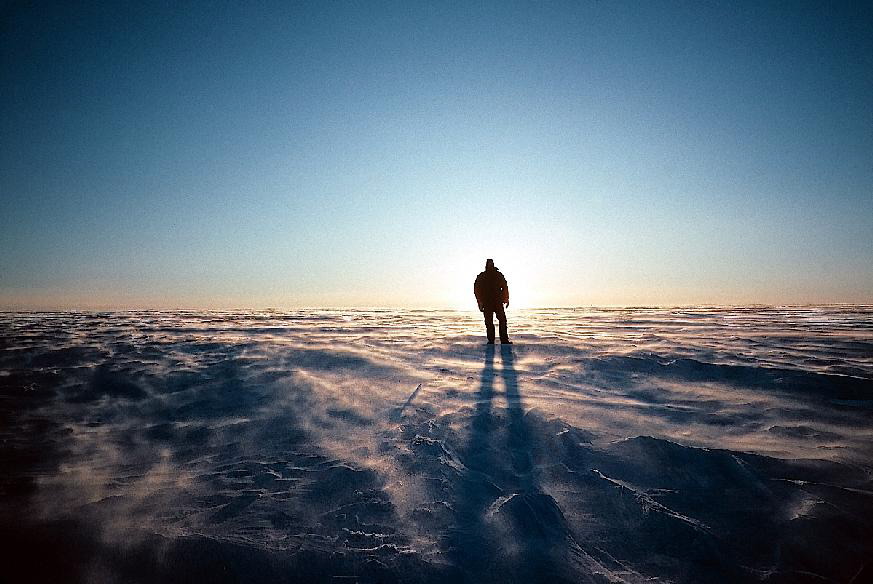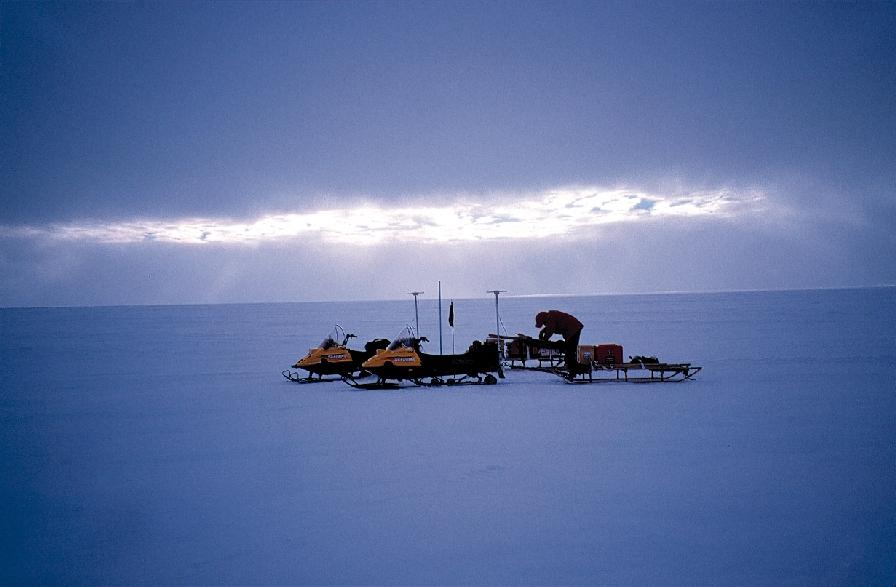

Ice-flow models that include the effects of horizontal stresses are often referred to as "higher-order" models because they do not neglect higher-order terms in the stress equilibrium equations. Ice-flow models often neglect these higher-order terms because it makes the equations easier (and faster) to solve and because for many parts of an ice sheet, higher-order terms are not important. It is becoming increasingly clear, however, that studying many of the the most interesting and important problems in glaciology today requires higher-order or full-stress flow models.
Ultimately, advanced ice-flow models will also need to be coupled with atmospheric and ocean circulation models, to better understand and attribute the causes of changes on the ice sheets taking place today, in the future, and in the past. Along with many other institutions, COSIM is involved in the development of a Community Ice Sheet Model (CISM), which is being specifically designed for these purposes. (also see the links page).
While I still do some work with the full-stress, two-dimensional, thermomechanical flow model that I built as part of my doctoral work, most of my time is spent working with a new, three-dimensional, higher-order, Finite Difference flow model (developed primarily by Tony Payne at the Univ. of Bristol). Along with our U.K. colleagues, we hope to use this model to better understand recent, dramatic changes (thinning and acceleration) taking place on parts of the Greenland and West Antarctic ice sheets. Once we have a better understanding for why these changes are taking place, how and if they are related to changes in the earth's climate, and how to account for them accurately in our model, we will finally be in a position to use the model (along with oceanic and atmospheric circulation models) to make better predictions about how the ice sheets can be expected to affect global sea level in the coming decades.


